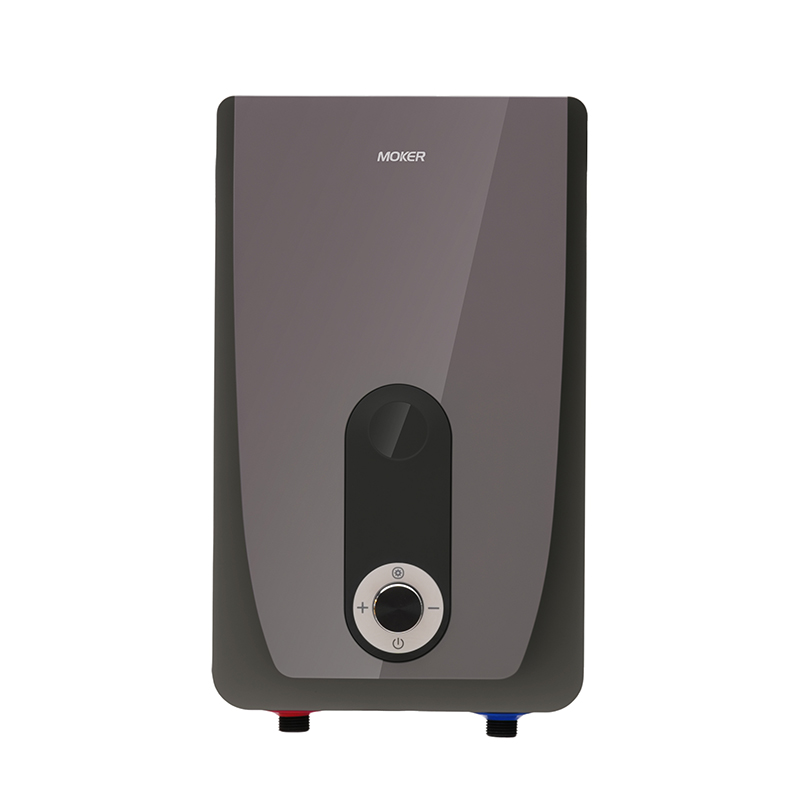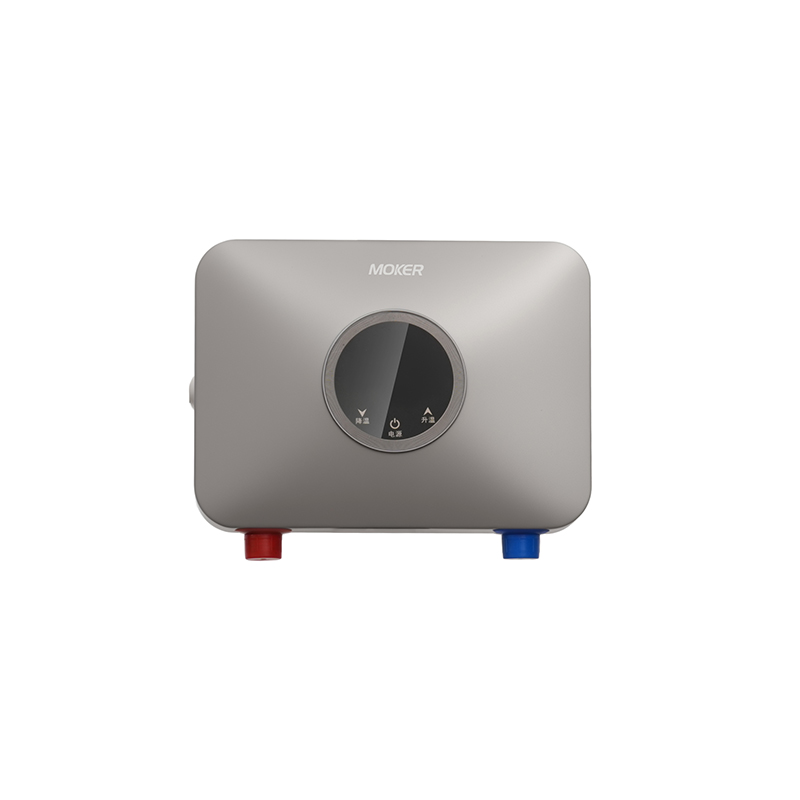Smart-Home Compatibility of Different Water Heaters
Smart-home compatibility determines how well water heater integrates with modern home automation systems—enabling features like remote temperature adjustment, energy usage tracking, and 联动 with other smart devices (e.g., thermostats, voice assistants). This compatibility enhances convenience and energy efficiency, especially for users seeking connected living solutions. Electric water heater, Tankless Water Heater, Instant water heater, electric tankless water heater, and instantaneous water heater electric each vary in smart-home support, based on their technological design and manufacturer features.
Electric water heater offers moderate to high smart-home compatibility, with options depending on model tier. Mid-range to premium Electric water heater models include Wi-Fi modules that connect to platforms like Amazon Alexa, Google Home, or manufacturer-specific apps. Through these apps, users can adjust Electric water heater’s temperature remotely (e.g., preheating water before arriving home) or set schedules (e.g., lowering temperature during work hours to save energy). Advanced Electric water heater models also sync energy usage data to smart-home dashboards, showing daily or weekly consumption trends. However, basic Electric water heater models (entry-level, no Wi-Fi) lack smart connectivity—requiring manual adjustments via physical thermostats. Some Electric water heater also supports scene ,such as triggering a temperature boost when a smart washing machine starts a hot-water cycle.
Tankless Water Heater leads in smart-home integration, especially high-end models. Most modern Tankless Water Heater (both gas and electric variants) includes built-in Wi-Fi or Bluetooth, compatible with major smart-home ecosystems. Gas-powered Tankless Water Heater with smart features allows remote monitoring of burner status and maintenance alerts (e.g., “descaling needed”) sent directly to smartphones. Electric Tankless Water Heater adds real-time flow rate tracking to smart apps, letting users see how much hot water is being used at any moment. Premium Tankless Water Heater even supports voice control—users can say, “Set Tankless Water Heater to 120°F” via Alexa or Google Assistant. Additionally, Tankless Water Heater integrates with smart thermostats to balance home energy use: if a smart thermostat detects high heating demand, Tankless Water Heater can temporarily lower its temperature to reduce overall electricity or gas consumption.
Instant water heater has limited smart-home compatibility, focused on basic connectivity. Only mid-range to high-end Instant water heater models include simple smart features—usually Wi-Fi for remote on/off control and basic temperature adjustment via manufacturer apps. These Instant water heater models rarely support full ecosystem integration (e.g., no Alexa or Google Home ) and lack advanced data tracking (no energy usage logs). For example, an under-sink Instant water heater with smart features might let users turn the unit off remotely if they forget, but not sync with other smart devices. Basic Instant water heater models (budget-tier) have no smart connectivity at all, relying on manual knobs or buttons for operation. The compact size and low-power design of Instant water heater limit the space and cost for advanced smart modules, restricting compatibility.
Electric tankless water heater offers balanced smart-home support, bridging basic and advanced features. Most electric tankless water heater models include Wi-Fi connectivity for remote temperature control and energy monitoring via apps. Unlike basic Instant water heater, electric tankless water heater often supports voice assistant —allowing voice commands to adjust temperature or check status. electric tankless water heater also syncs with smart energy management systems: if a home’s solar panels generate excess electricity, electric tankless water heater can automatically increase its temperature to store more hot water (using free solar energy). However, electric tankless water heater rarely includes advanced scene 联动 (e.g., no integration with smart showers to adjust flow and temperature together) and may require a separate hub for full ecosystem compatibility (e.g., connecting to Apple HomeKit via a third-party bridge).
Instantaneous water heater electric has minimal to no smart-home compatibility. Due to its ultra-compact size and low-cost design, almost all instantaneous water heater electric models lack smart features. There are no instantaneous water heater electric with built-in Wi-Fi or app connectivity—all adjustments must be made manually via small on-unit buttons or dials. The tiny heating coil and localized use case of instantaneous water heater electric make smart connectivity impractical: users typically install instantaneous water heater electric under sinks for quick tasks (e.g., handwashing), so remote control or data tracking offers little added value. Even high-end instantaneous water heater electric models (rare, premium-tier) only add a basic LED display for temperature, not smart integration.
Smart-home compatibility aligns with water heater complexity and cost: Tankless Water Heater offers the most advanced features, followed by Electric water heater and electric tankless water heater, while Instant water heater has limited support and instantaneous water heater electric has none. Choosing a water heater based on smart-home needs ensures seamless integration with existing systems—whether users want full remote control, energy tracking, or simple convenience features. For those prioritizing connected living, Tankless Water Heater or high-end Electric water heater are optimal, while instantaneous water heater electric suits users with no smart-home requirements.





